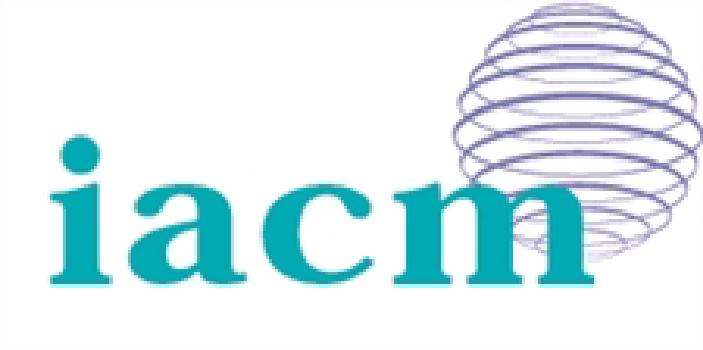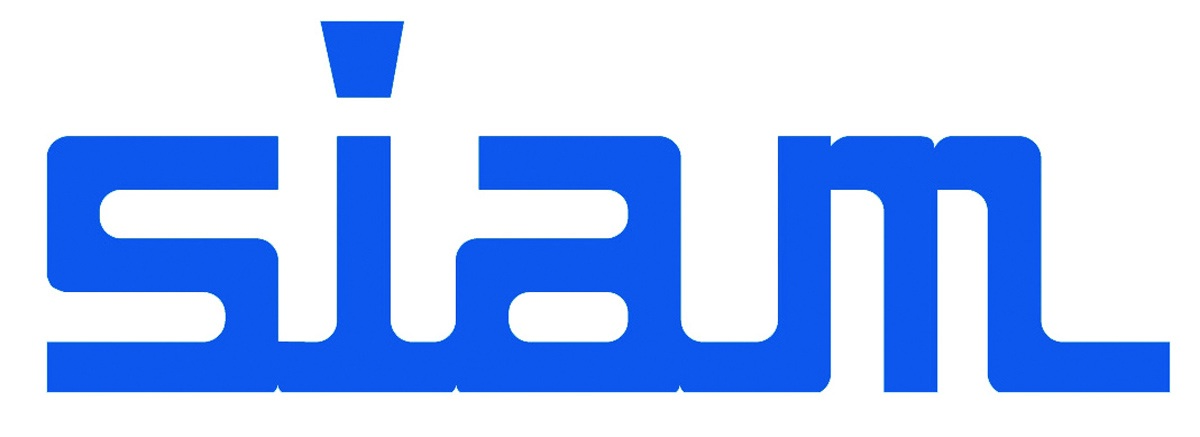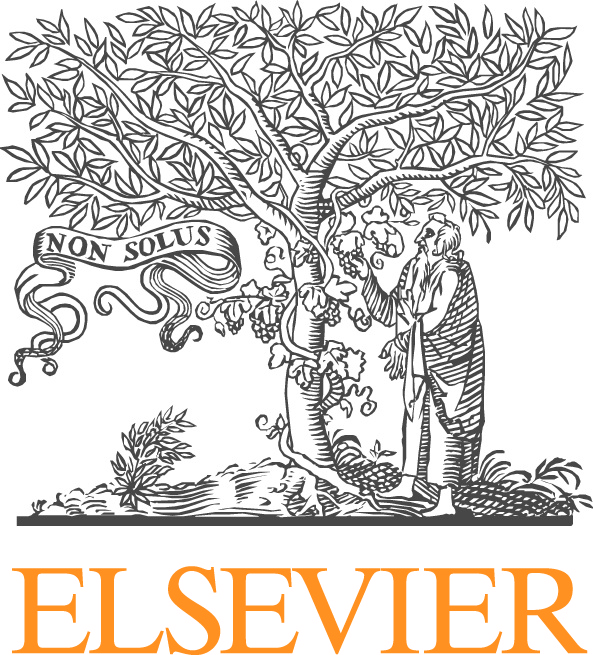David Pierce, University of Connecticut
Corey Neu, University of Colorado
Computational mechanics and numerical methods play an increasingly significant role in the study of biological systems at the organism, organ system, organ, tissue, cell, and molecular scales. New and exciting applications of computational mechanics go beyond the classical theories and incorporate biomechanical mechanisms inherent in biology such as adaptation, growth, remodeling, active (muscle) response, and inter- and intra-patient variables. Synergies among fundamental mechanical experiments, multi-modal imaging and image analyses, new mathematical models and computational methods enable studies of, e.g., microphysical (mechanobiological) cellular stimuli and response, structure-function relationships in tissues, organ and tissue integrity, disease initiation and progression, engineered tissue replacements, and surgical interventions.
The goal of this minsymposium is to promote cross-fertilization of ideas and collaborative experimental and numerical efforts towards more rapid progress in advancing the overall field of computational biomechanics. To this end, contributions considering the following topics are particularly welcome:
• Coupled analyses of chemo-mechanical processes
• Methods coupling multiple scales and/or multiple physics
• Growth and remodeling of biological tissues
• Characterization and impact of inter- and intra-patient variability
• Applications with clinical impact or potential clinical impact
• New constitutive models
• Mechanobiology and cellular mechanics
• Applications of medical images and image analyses in mechanics
• Mechanics of pathological processes
• Experimental methods and computational inverse analyses towards model calibration







